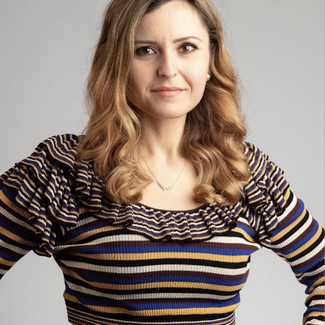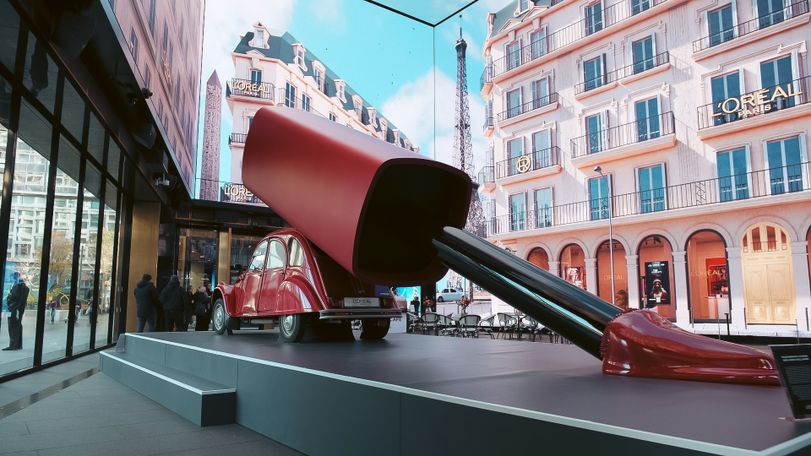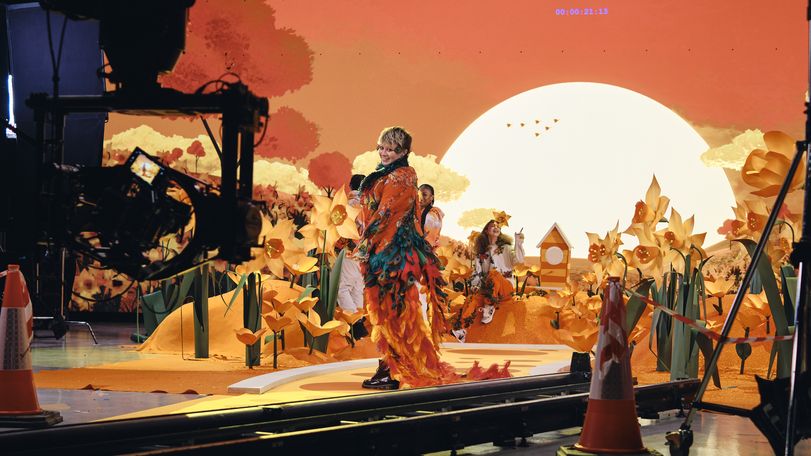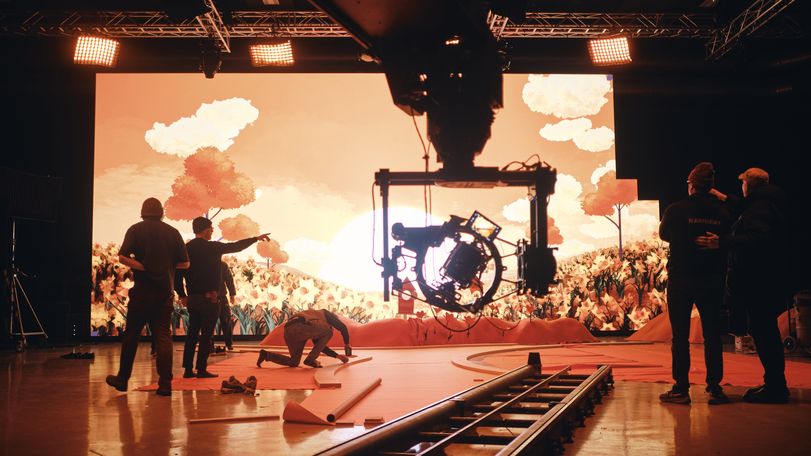
the future of production
In-house production is revolutionising the industry
Craft London MD explores collaborative strategies, technological innovations and cultural shifts shaping the future of content production
27 March 2024
Much has been written about the proliferation and scaling up of agency content and post-production capabilities. And for good reason.
Hefty agency investment into content, makers, and in-house post-production facilities has been one of the biggest production trends and growth drivers in the years post-COVID. In response to client demand for quick turn, reactive, meaningful, and cost-effective content to amplify their brand stories, my peers and I have built new hybrid teams dedicated to the cause.
The results have been incredible.
Production and content experts sitting alongside creatives making joint decisions upstream about a projects’ direction has streamlined the making process (and opened up new avenues of creative thinking). The L’Oreal Immersive Outernet takeover is a perfect example. A wholly owned Craft production from multi-studio cross-border collaboration, the project would’ve been impossible with a 3rd party, given the parameters, timeline, and flexibility required. The related social piece, the “Infallible Matte Resistance car” was another in-house concept born out of a joint vision between creatives and our VFX team, and a collaboration between our Paris and London studios. At a fraction of a third party budget, it went viral and got 6 million views shortly after launch.
This type of collaboration is key in fostering an atmosphere of “constructive curiosity”, but also nimble ways of working. For example, a lot of local content can be produced and shot same day, on-site, and turned around in shoot spaces and smaller scale green screens (and larger scale owned but off-site facilities). At the other end of the scale, top tier freelance Directors teamed with in-house shoot Producers and post with white-label partnerships, have led to award-winning productions. The recent Mastercard BRITS work saw our client winning the Green Shoot Silver Award for our “Environmental Production Programme” for achieving total carbon neutrality. These results led to measurable increases in brand loyalty and financial benefits for clients (and agencies), but the methods go further to inspire the explosion of ideas, which in turn feed into better and better work, that impacts behaviors and our society.
From a training and development perspective, many of the Assistants, Interns, and Junior Producers we hired years ago have gained invaluable skills and have since been promoted to junior self-shooting Directors, Sound Designers, Camera Operators, and Editors, enriching the diversity of our production community.
Similarly, these and other hybrid resources have played a key role in our ability to invest in producing aspirational content to advance causes and charities that support equity in the workplace, mental health awareness, representation of disability in media, and sustainability. Finally, talent retention levels are increasing in double digits year on year, in line with greater creative and learning opportunities offered to our teams.
What does the future hold for in-house content and production?
Given these examples, it would be hard to argue against growing a sizeable in-house content capability in the agency space. And yet, there is a diminishing ROI in building a full-blown broadcast level production facility in-house. We will continue to lean on the best experts in the industry to deliver the best creative production to our clients, both through individual and collective talent. Plus, given the demand, there is more than enough content to go around.
Future challenges are more dynamic than simply deciding “how much” content to make. The real question is “how best to do it”. These days, budgets must work harder, client demand for production efficiency is peaking, and global cultures continue to converge. The answers to “how we do it” are also the future trends that will weigh heavy in my daily considerations leading an integrated production company in the middle of major transformation.
First, executing content at scale is a borderless requirement. This is an operational challenge above all else. At Craft we are lucky enough to have a global studio network of varying shades of content making expertise. The operational connectivity between them has driven unprecedented value for our clients. In one case, social content generated in the London office inspired the creation of a TVC executed by our Paris and Romania teams. Centers of excellence and near and off-shore studios link together into bespoke cloud-based units where cloud-editing and shared servers enable round-the-clock delivery. We’re currently running no less than five content factories; each of which has no less than three collaborating in-house content teams, operating as a single borderless unit in the cloud. This is not a perfect system and requires investment into onboarding specialists, international tax expertise, operations staff, and tools infrastructure. Anyone reading up on industry news will have noticed the buzz around key major players like Adobe in this space.
Second, unsurprisingly, there is the challenge of deploying generative AI and production automation quickly, safely, and effectively. Some research polls claim over 90 per cent of content will be generated by AI in just a few years’ time. I would adjust that to say 90 per cent of content will be augmented in varying degrees by AI but will still require human creativity. Furthermore, the demand for speed, volume, and boundary-breaking inventiveness necessitates that we continue to invest in R&D but implement only those tools that drive client value, provide measurable utility and are legally, ethically, and morally sound. We’ve tested over 140 tools across generative text to video to creative optimisation and landed on a suite that is amplifying our brands’ content portfolios and supporting idea generation on a daily basis. However, the speed of change means this suite is ever evolving. Instead of taking the stance of “keeping up with the Joneses”, I hope that the industry can find a way to collaborate instead, cancelling out the prisoner’s dilemma that will see us racing in different directions, diluting what could become groundbreaking production innovations.
Finally, we need content to be culturally relevant while staying on-brand. When it comes to leveraging local content creation for a brand’s international audience, the formerly linear process of “originate then adapt” does not apply as it once did. The volume and cultural nuance required to saturate social platforms in a stream-like fashion demands direct in-market writing. Traditional adaptation is often impossible when dealing with micro-audiences and social moments in time. There is also a trade-off between hyper-local content and global brand voice. For this reason, our copy teams must be international extensions of one another; transcreation specialists are evolving and moving further into original copy creation, and many agencies including my own are starting to leverage large language models to ensure globally consistent tone of voice, style, and terminology.
15 years ago, when the decoupling “phenomenon” was the latest paradigm shift of the moment, I don’t believe even the most brilliant visionary (and I’ve known a few) could’ve pictured today’s technological reality and the degree to which ideas would be conceived and brought to life entirely in-house. While “survival of the fittest” still feels like the relevant mantra of the moment, the creative opportunities created from inter-agency and studio collaboration helps us remain masters of our Craft. In the end, through collaboration, we all can and will survive.
Tanya Bogin is the MD of Craft London and Global MD of Craft Global Adaptation











